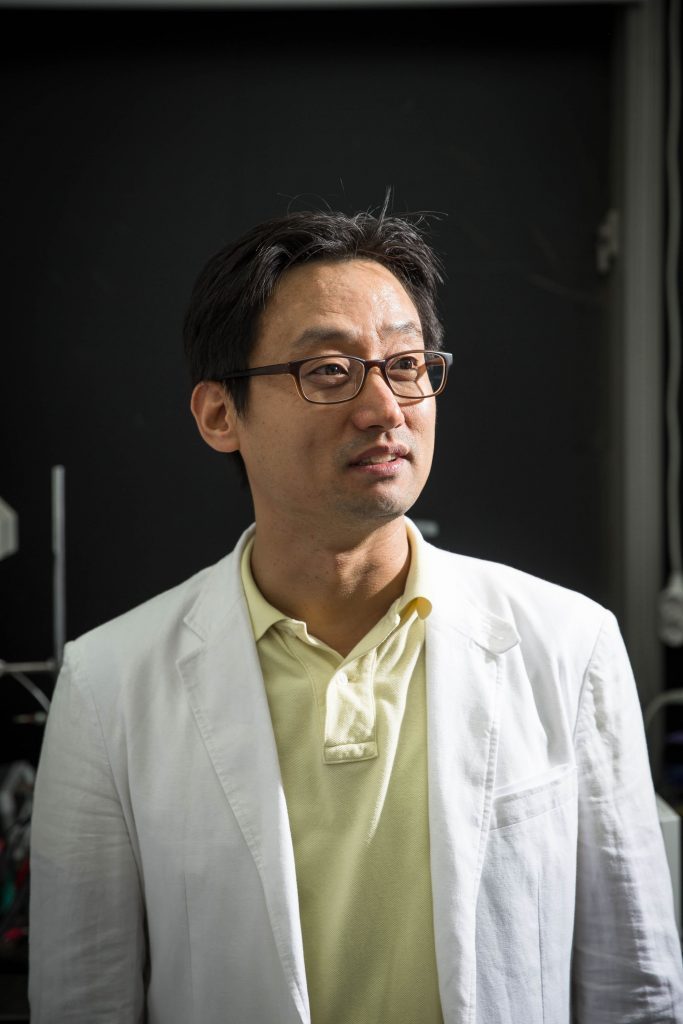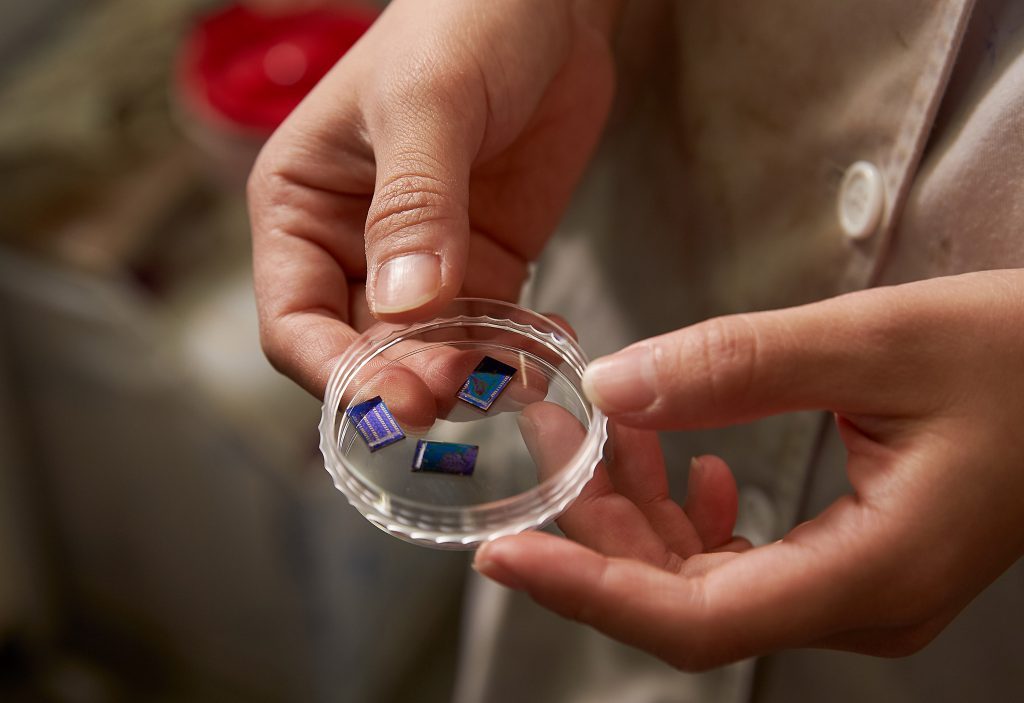Flexible organic semiconductors, which are easy and cheap to produce, have been recognized as electronic materials to replace silicon semiconductors. Until now, commercialization of organic semiconductors has been slow due to low charge mobility. A recent study, affiliated with UNIST has presented a novel process that significantly increase the charge mobility.
This breakthrough has been led by Professor Changduk Yang in the School of Energy and Chemical Engineering in collaboration with Professor Byoung Hoon Lee from Ewha Womans University and Professor Junghoon Lee from Dongseo University.
In the study, the research team has developed a technology to dramatically increase the charge mobility by arranging the structure of the organic semiconductor (polymer) irregularly. In the past, it has been known that the positions of the atoms constituting the polymer are regularly arranged so that the charge mobility is high.
To make electronic devices such as field effect transistors (FETs) with organic semiconductors, charge transport capability must be secured. Semiconductors need to be well-charged to send a lot of signals and to process information quickly. So many researchers have been conducting basic research to improve the charge transport capability of organic semiconductors.
 In this study, Professor Yang and his colleagues paid attention to “regioregularity” as one of the strategies to increase the charge transport capacity. The positional regularity means that the repeating units constituting the polymer are arranged with a certain rule. It is known that the higher the position regularity of the polymer, the higher the charge mobility.
In this study, Professor Yang and his colleagues paid attention to “regioregularity” as one of the strategies to increase the charge transport capacity. The positional regularity means that the repeating units constituting the polymer are arranged with a certain rule. It is known that the higher the position regularity of the polymer, the higher the charge mobility.
The team synthesized a new ‘Regular Regular Polymer (RR)’ using molecules that have positional regularity when synthesized with polymers. We made a polymer (RA) with the same regio- logical properties by using the same molecules as the material.
“We have designed the synthesis of polymers in consideration of the fact that when the molecules forming the polymer are arranged with regularity, their charge mobility is increased,” says So‐Huei Kang, the first author of the study. “The properties of irregularly organized polymers are similar, compared to regularly organized polymers.”
To verify the charge mobility of the two newly synthesized polymers, they fabricated a field effect transistor using two materials. At this time, the polymer was put into a nano-sized grooved substrate and processed into a film like a cast.
The charge mobility of the ordered regular polymer was 9.09 ㎠ V⁻¹s⁻ and the charge mobility of the position irregular polymer was 17.82 ㎠ V⁻¹s⁻. When the electric field of 1 volt / centimeter (V / cm) is applied, one charge moves by 9.09 cm and 17.82 cm for one second. Considering that the charge mobility of existing organic semiconductors is mostly one digit, it is a remarkable figure. Particularly, the more excellent the charge mobility of the position irregular polymer is the result of overturning the conventional wisdom.

“The charge mobility of the positionally irregular polymer synthesized at this time is the highest level reported so far,” says Professor Yang. “We are presenting a new perspective to develop high performance polymers using structural local chemistry.”
He adds, “It is necessary to carry out a systematic study to understand the charge mobility of the position irregularity polymer. These results will lead to commercialization of organic semiconductors and broadening of applications.”
Journal Reference
Prof. Junghoon Lee, et al., “An Ultrahigh Mobility in Isomorphic Fluorobenzo[c][1,2,5]thiadiazole‐Based Polymers,” Angewandte Chemie, (2018).












